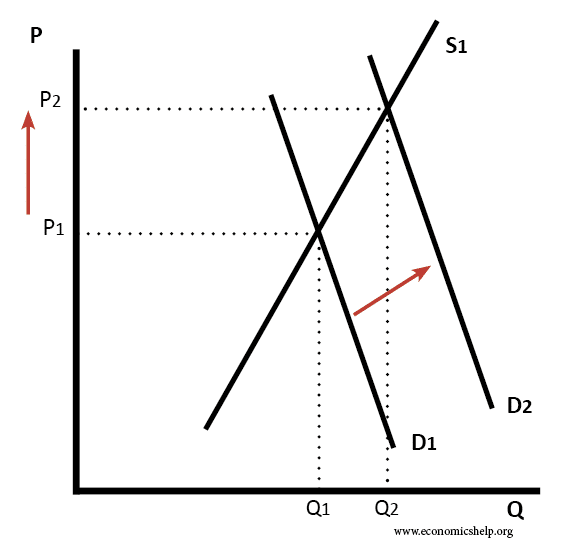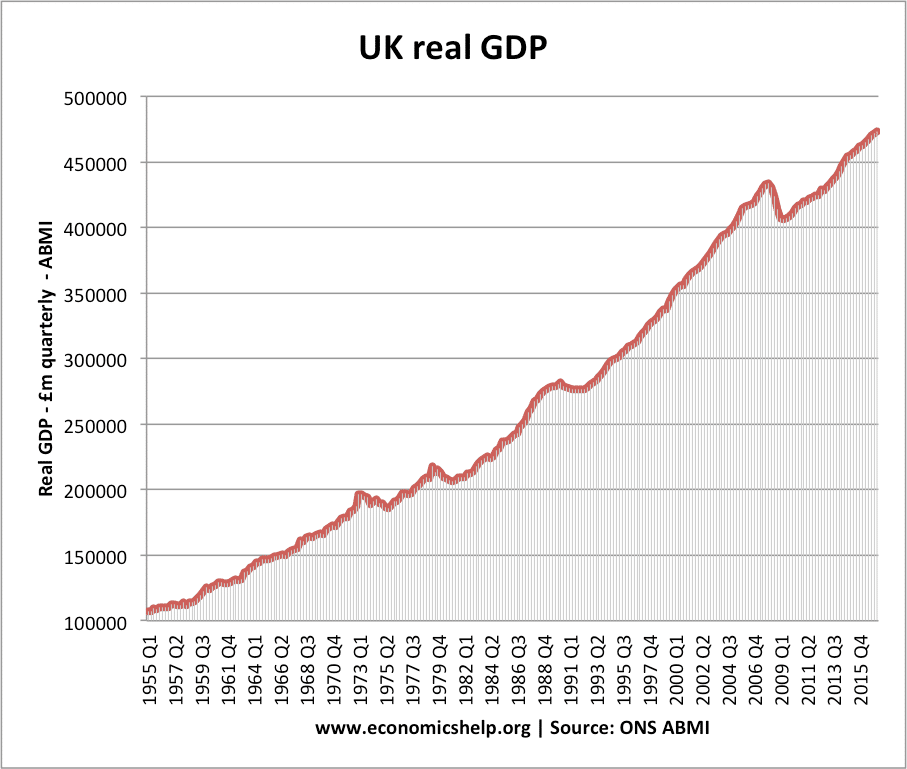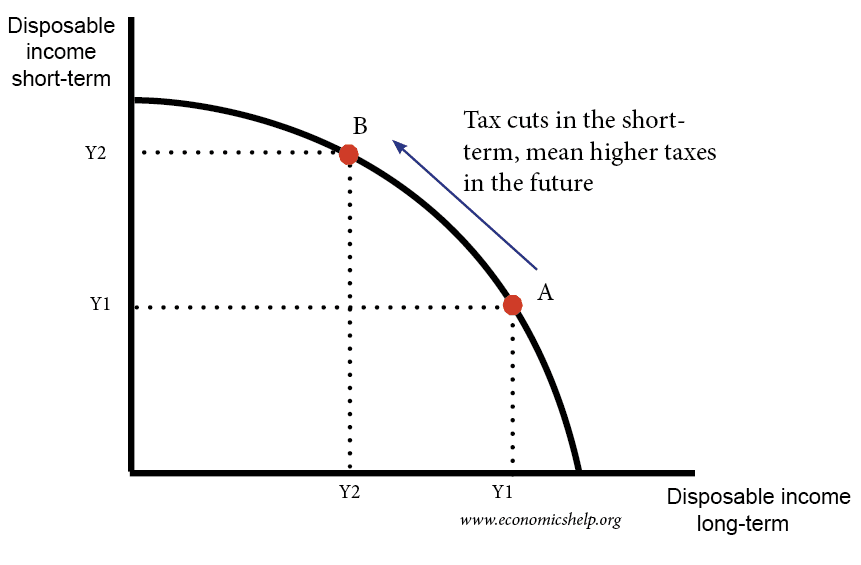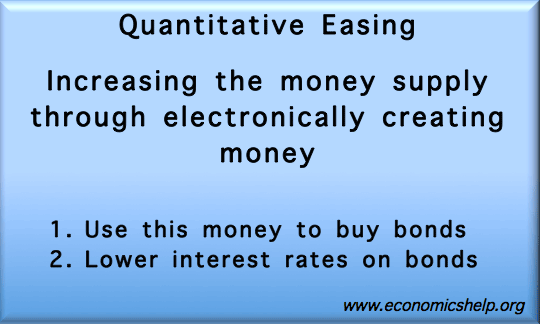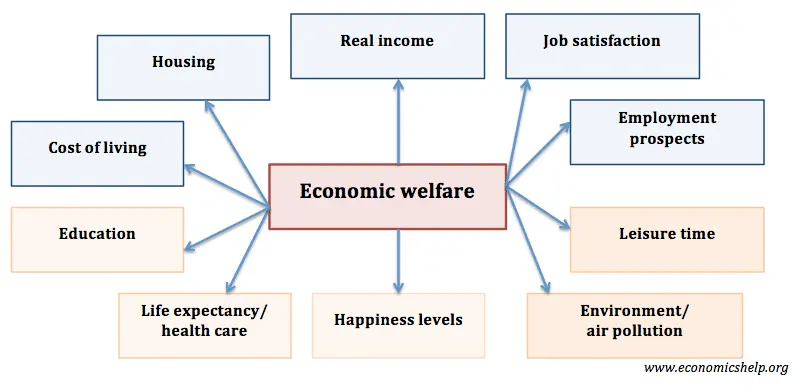The 1930s economy was marked by the effects of the great depression. After experiencing a decade of economic stagnation in the 1920s, the UK economy was further hit by the sharp global economic downturn in 1930-31. This lead to higher unemployment and widespread poverty. However, although the great depression caused significant levels of poverty and hardship (especially in industrial heartlands), the second half of the 1930s was a period of quiet economic recovery. In parts of the UK (especially London and the South East), there was a mini economic boom with rising living standards and prosperity.
It is worth bearing in mind that statistics don’t tell the full story. Unemployment rates in the 1930s were barely higher than unemployment rates we’ve experienced in the 1980s and 2000s. However, there is a big difference. In the 1930s, unemployment benefit was minimal – to be unemployed left workers at the real risk of absolute poverty. In the current period, unemployment benefits are relatively meagre, but they enable absolute poverty to be avoided. In that sense, the depression of the 1930s created more economic poverty than the current recession.
Nevertheless, the UK was able to recover relatively quicker than many other developed economies, why was this?
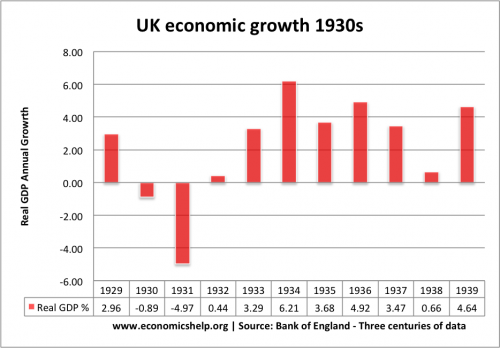
The 1930s recession was shorter than the great recession of 2008 – see recessions compared.
The UK economy in the 1920s
In the 1920s, the UK economy struggled with low growth, high unemployment and deflation. This was due to factors such as:
- A decision to return to the gold standard in 1925, at a rate which many believe was 10-14% overvalued. This overvaluation of Sterling reduced demand for exports, leading to lower economic growth. Many heavy industries, such as steel and coal become less competitive in this period.
- Deflation. The overvaluation of Sterling and relatively high real interest rates contributed to periods of falling prices. This deflation increased the burden of debt and reduced spending.
- Tight fiscal policy. In the aftermath of the First World War, UK debt reached up to 180% of GDP. To reduce debt to GDP in a period of deflation was difficult and required high primary budget surpluses. This required strict budgets, but also because of deflation and low GDP growth, it proved very difficult to reduce debt to GDP ratios.
- See more details at UK economy in the 1930s
Stock market crash and great depression 1929-31
The stock market crash of 1929 precipitated a global recession. The US was particularly badly affected by the stock market crash because of the growth in credit in the years leading up to it. The UK was more insulated because it had experienced no real credit boom in the 1920s. In fact, the UK was already in a prolonged economic stagnation of low growth. Because the UK economy relied heavily on trade, the decline in global demand, hit the UK economy, and with lower exports, the UK economy went into recession. 1931 was particularly damaging, with real GDP falling 5%. See more on Causes of Great Depression
The 1931 Crisis
1931 was a pivotal year for the UK economy. A European financial crisis (failure of German and Austrian banks) threatened to harm the UK’s financial system. More pressingly, the economy was stuck in a deep recession, with unemployment a real problem. The UK’s membership of the gold standard also looked under threat. Many felt the UK was overvalued and so Sterling was under pressure. To keep the value of the Sterling in the gold standard, there was pressure to:
- Reduce budget deficit through fiscal consolidation
- Increase bank rates to attract money into the UK and keep the Pound at its target rate in the gold standard.
1931 Budget
In 1931, the government was under great pressure. There was a risk of a global financial crisis spilling over into London markets. The Pound was overvalued and there was a fear, the government would be unable to maintain the value of Sterling. The real economy was also in bad shape, with record levels of unemployment and growing social unrest at the extent of the recession. The Treasury put great pressure on the government to pursue fiscal austerity and reduce the budget deficit. (see: Treasury view) It was felt it was essential to balance the budget and restore confidence in the Pound.
In the 1931 budget, the chancellor Lord Snowden and Ramsay MacDonald accepted the necessity to implement budget cuts. Unemployment benefits were cut and public sector wages were also cut. This split the Labour party, and MacDonald formed a coalition of mostly Conservative MPs to pass the budget.

